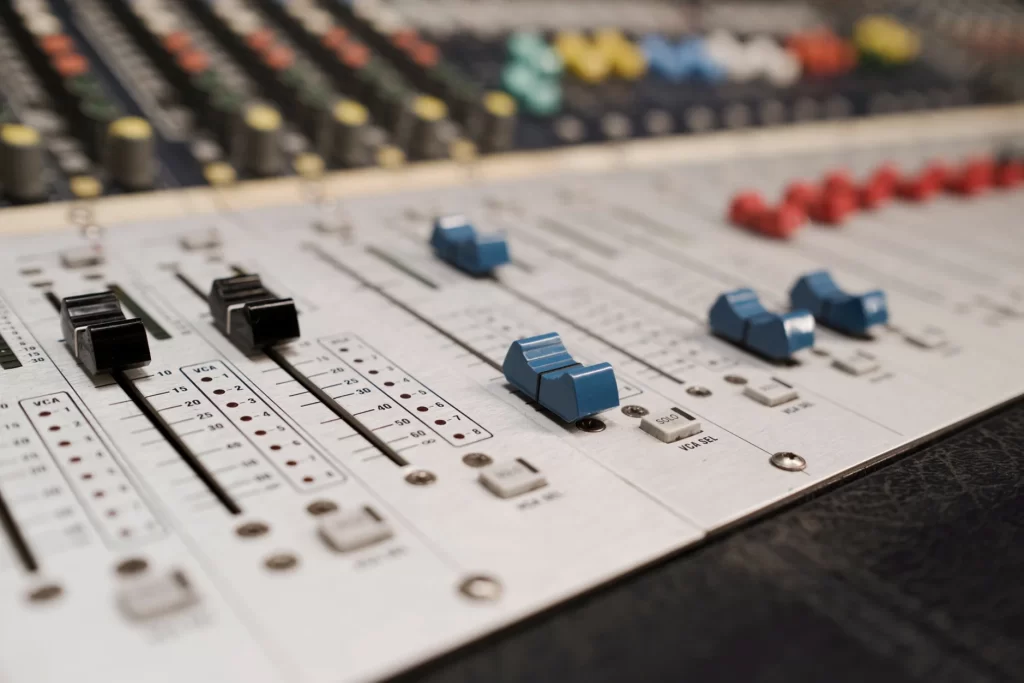The eternal debate between digital and analog approaches has been a constant companion. This debate takes center stage when it comes to the critical stage of mastering—where sound quality is refined to perfection. As technology evolves, so does the question: “Digital or analog mastering?” In this article, we’ll navigate the sound quality spectrum, delving into the technical intricacies of digital and analog mastering to help you make an informed decision.
Digital Mastering: The Precision Pathway
In the digital realm, mastering tools are harnessed through software. Precise, repeatable, and offering a vast array of options, digital mastering has become the industry norm. Here’s a glimpse of its technical facets:
- Accuracy and Consistency: Digital mastering offers unparalleled accuracy. Plug-ins and software tools allow for precise adjustments, ensuring consistency across different projects.
- Detailed Control: Graphic interfaces and parameter controls empower engineers to make surgical adjustments to EQ, compression, and more. This level of control allows for pinpoint enhancement of tracks.
- Workflow Efficiency: The digital realm is characterized by its efficient workflow. With instant recall of settings and the ability to automate processes, engineers can focus on refining sonic elements.
- Limitless Possibilities: The vast array of digital tools provides endless possibilities for creative experimentation. Engineers can apply various plugins to achieve specific sonic outcomes.
Analog Mastering: The Art of Warmth
Analog mastering involves the use of hardware equipment such as tube compressors, equalizers, and tape machines. This approach adds a touch of vintage charm and warmth to the sound:
- Harmonic Enrichment: Analog equipment introduces harmonic distortion—odd and even harmonics—that contribute to warmth and depth. This harmonic richness can’t be entirely replicated in the digital domain.
- Dynamic Interaction: Analog devices often react dynamically to audio signals, creating a unique character that’s challenging to replicate digitally. This dynamic interplay adds life and personality to the sound.
- Subjective Coloration: Analog mastering imparts a unique “coloration” to the sound, often described as musical and pleasing. This subjective quality can be highly desirable for certain genres.
- Tactile Interaction: Analog mastering is hands-on. Engineers manipulate knobs and switches in real-time, forging an intimate connection with the sound. This tactile interaction lends a personalized touch to the process.
Making the Choice:
The decision between digital and analog mastering isn’t one-size-fits-all. Consider factors like your music genre, artistic vision, and budget:
- Digital Advantages: Digital mastering suits genres that require precise control and clinical sound. It’s efficient and often cost-effective.
- Analog Allure: If warmth, character, and a touch of vintage magic align with your music, analog mastering is worth exploring, especially for genres like rock, jazz, and folk.
Conclusion:
As you navigate the sound quality spectrum of digital vs. analog mastering, remember that both approaches have their merits. It’s not a matter of one being superior to the other; rather, it’s about finding the right fit for your music’s unique identity. Understanding the technical distinctions empowers you to make an informed choice, ultimately leading to a sonically captivating final product that resonates with your artistic vision. Whether you lean towards precision or embrace the art of warmth, the world of mastering has evolved to offer a dynamic spectrum of possibilities that cater to your music’s individuality.



